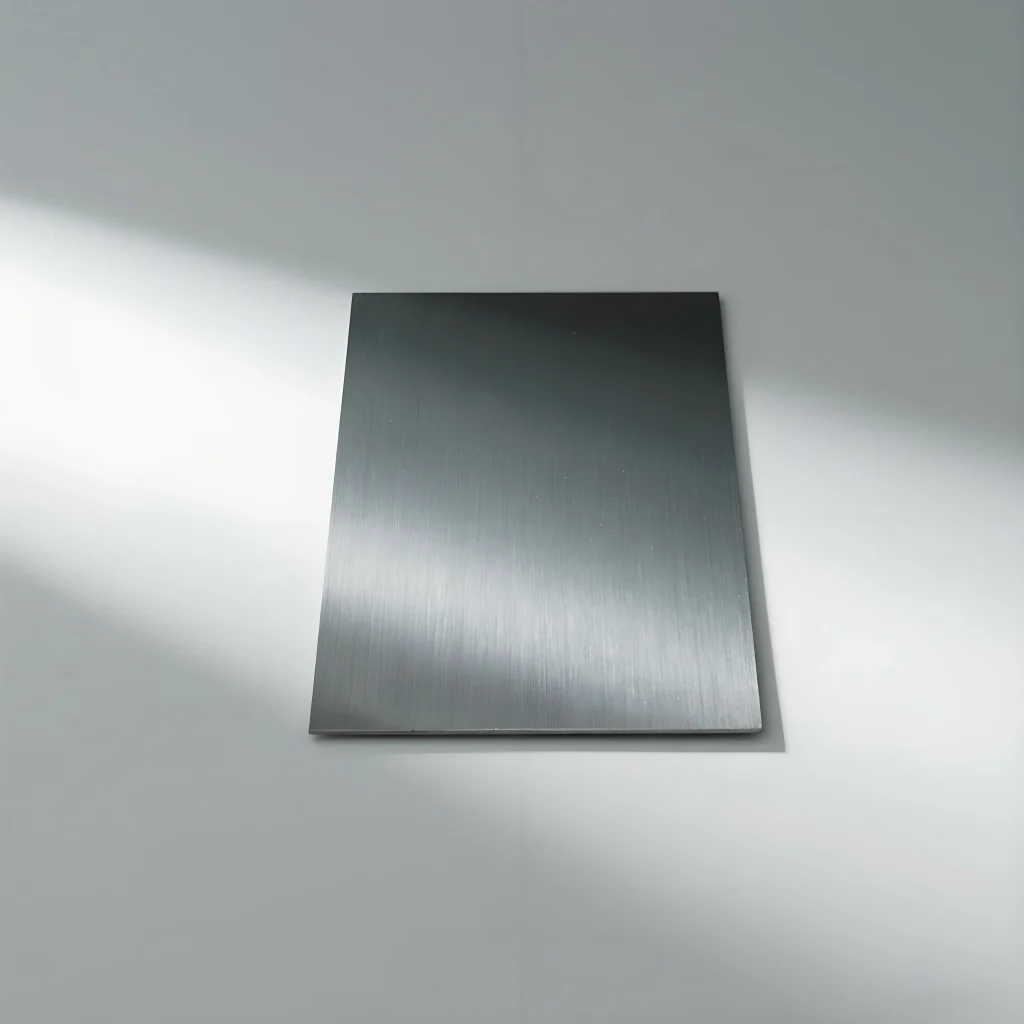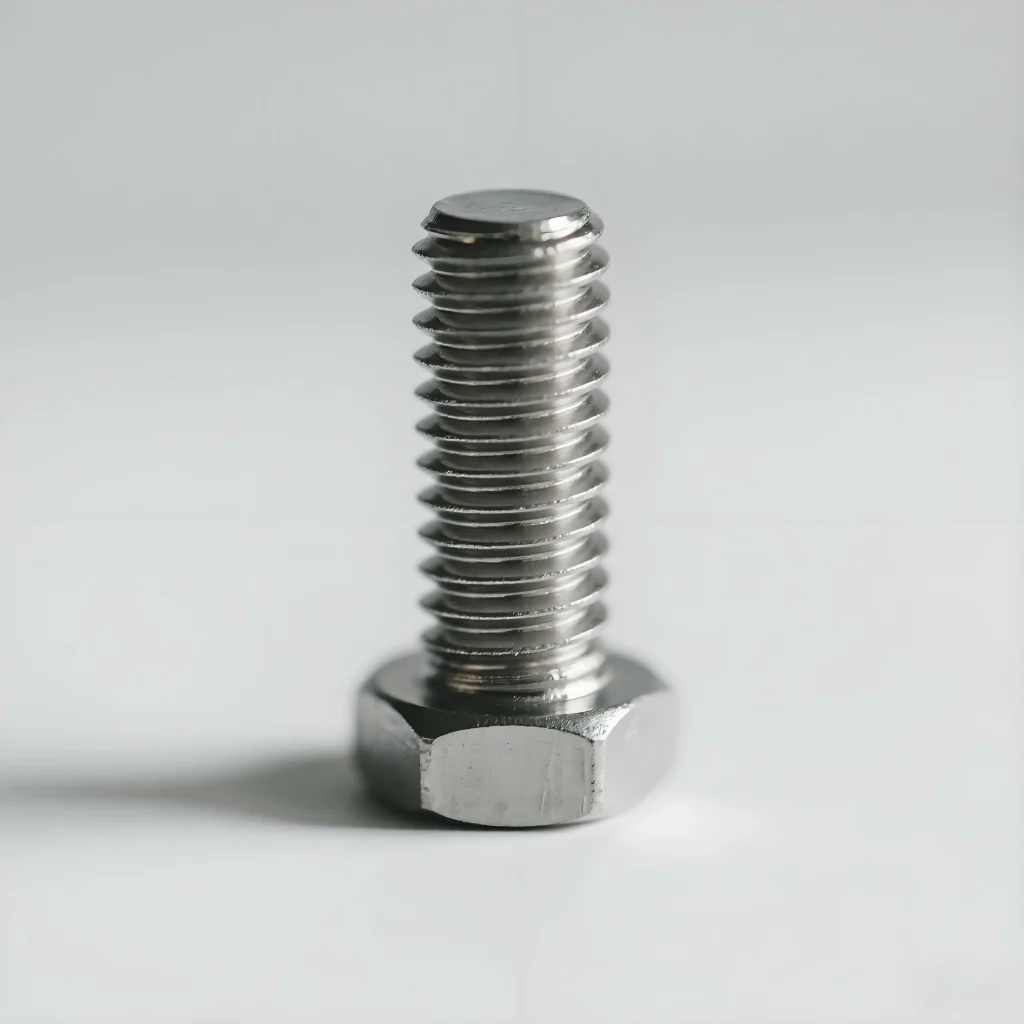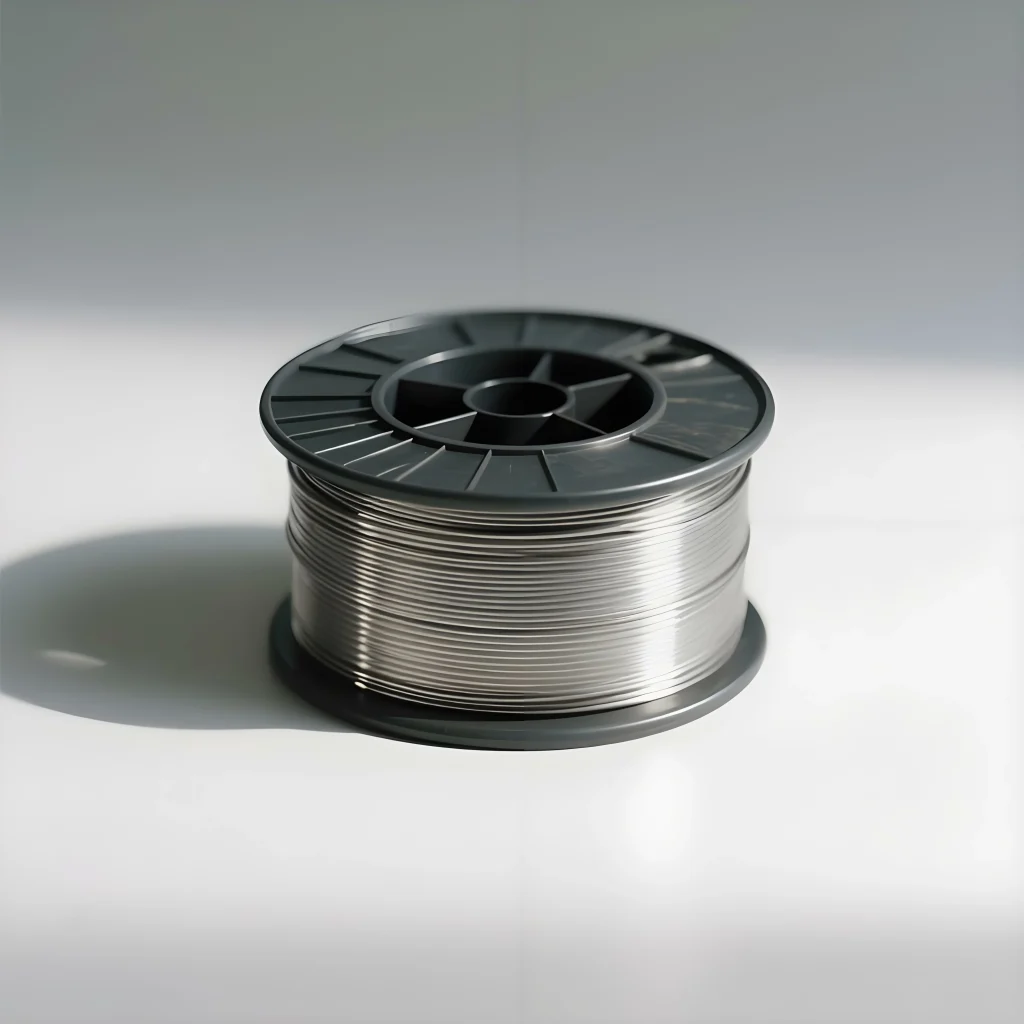1.Martensitic Stainless Steel | Martensitic Steel Guide by Welleshaft
Define Martensitic Stainless Steel as a tough, wear-resistant stainless type that responds well to heat treatment. Unlike austenitic grades, it’s magnetic and ideal where strength outweighs ductility—like in aerospace components, automotive parts, oilfield tools, and cutting blades.
Learn what martensite is, how its structure forms, and how it differs from steels like austenitic or ferritic. We also explore its various grades, practical uses, and how heat treatment impacts performance.
2.What Is Martensitic Stainless Steel?
Martensitic stainless is a chromium steel alloy with carbon, typically 10.5% to 18% chromium and up to 1.2% carbon. During quenching, a hard structure forms called martensite — it’s why these steels are used when high hardness is needed.
- Define martensitic:It refers to steel with a microstructure that turns hard when cooled fast.
- What is martensite?It’s a hard, needle-like structure in steel that gives martensitic grades their strength.
This steel’s transformation from soft to hard lets it shine in places where tools and machine parts take a beating.
3.Key Properties of Martensitic Stainless Steel
Martensitic steels give off a combo of hardness, wear resistance, and moderate corrosion protection. That’s why folks pick it for aerospace gear, drill bits, or tools.
(1)Quick Traits
- Tough and strong
- Some corrosion resistance
- Magnetic (yes)
- Can be hardened
- Brittle if not tempered
- Not easy to form
- Keeps an edge
(2)What’s in It?
| Element | Range (%) |
| Chromium | 10.5–18 |
| Carbon | 0.1–1.2 |
| Nickel | 0–2 |
| Manganese | 0.5–1 |
| Molybdenum | 0–1 |
These elements help the steel change form quickly, which is called the martensitic transformation.
4.Grades of Martensitic Stainless Steel
Grades change based on how much carbon or chromium is in the mix. Some grades are easy to weld, others are good for knife blades. Picking the right grade comes down to what you’re building.
(1)Popular Grades
- 410– Good all-around use, machines OK
- 420– Harder, good for blades and surgical gear
- 440A– High carbon, better wear performance
- Low-carbon martensitic– Easier to form, still strong
- High-carbon martensitic– Super tough, but can’t bend well
410 and 420 are the go-to for knives, shafts, and general parts. If edge retention or high temp use is needed, 440A works better.

5.Why Use It?
Martensitic stainless gives manufacturers a handy set of strengths — literally.
- It takes heat treatment well (quenching, tempering, etc.)
- Lasts long under wear
- Strong under pressure
- Great for stuff like drill collars, exhaust parts, and surgical blades
(1)Ways to Heat Treat
| Step | What It Does |
| Annealing | Softens it for shaping |
| Quenching | Makes it hard |
| Tempering | Reduces brittleness |
| Aging | Boosts strength without breaking |
When heat treated right, martensitic SS holds up in tough spots, like oilfield tools or mining equipment.
6.Where Martensitic Steel Goes
You’ll find martensitic SS in industries that beat up their parts. From airplanes to construction, this steel holds its own.
(1)Aerospace & Auto
- Martensitic stainless steel for aerospace components
- Best pick for exhaust valvesand engine blocks
- Stands heat in high-temp auto systems
- Stiffer than austenitic in harsh jobs
(2)Oil & Gas, Mining
- Used in drill collars, fittings, and bearings
- Works well in high-pressure zones
- Doesn’t break down easy in rough environments
(3)Tools & Precision Parts
- Chosen for cutting tools, knives, and fasteners
- Keeps a sharp edge
- Good for toolmaking when pearlite isn’t strong enough
(4)Factory & Machine Parts
- Makes shafts, springs, bolts
- Used where stress and wear are common
- Handles heat and pressure better than some other stainless options
7.Compare to Other Stainless Steels
It helps to see how martensitic stacks up against the rest.
(1)vs Austenitic
- Austenitic (like 304, 316) = corrosion proof, not magnetic
- Martensitic = magnetic, tougher, but not as corrosion proof
- Martensitic steel vs austenitic steel in automotive often comes down to strength vs weldability
(2)vs Ferritic
- Ferritic = magnetic too, but not hardenable
- Martensitic = can be heat-treated, takes more stress
- Martensitic vs ferritic stainless steel in vehicle systems favors martensitic for strength
(3)Martensite or Pearlite?
- Martensite = stronger but brittle
- Pearlite = more balanced but less hard
- Depends if you’re cutting, drilling, or forming

8.Global & Metallurgical Info
(1)Standards & Science
- Know your DIN grade if you’re in Europe
- Chinese metallurgy uses martensite in many export tools
- Hardness matters — and heat treatment affects that a lot
- The martensitic transformation in stainless steel is the big deal behind its strength
9.People Also Ask
-
What’s martensitic stainless steel used for?
From airplane parts to kitchen knives — anywhere toughness matters.
-
Is it magnetic?
Yes, all martensitic stainless steels are.
-
Can it rust?
Not easily — but it’s less corrosion-resistant than austenitic types.
-
Why pick martensitic over austenitic?
For hardness, edge, and high-temperature performance.
10.Work With Welleshaft on Martensitic Stainless Steel
Welleshaft makes precision castings in all martensitic grades. We serve aerospace, tooling, automotive, and energy sectors, delivering quality parts that survive stress, heat, and pressure.
Contact our team to talk about martensitic stainless steel solutions for your next project.

